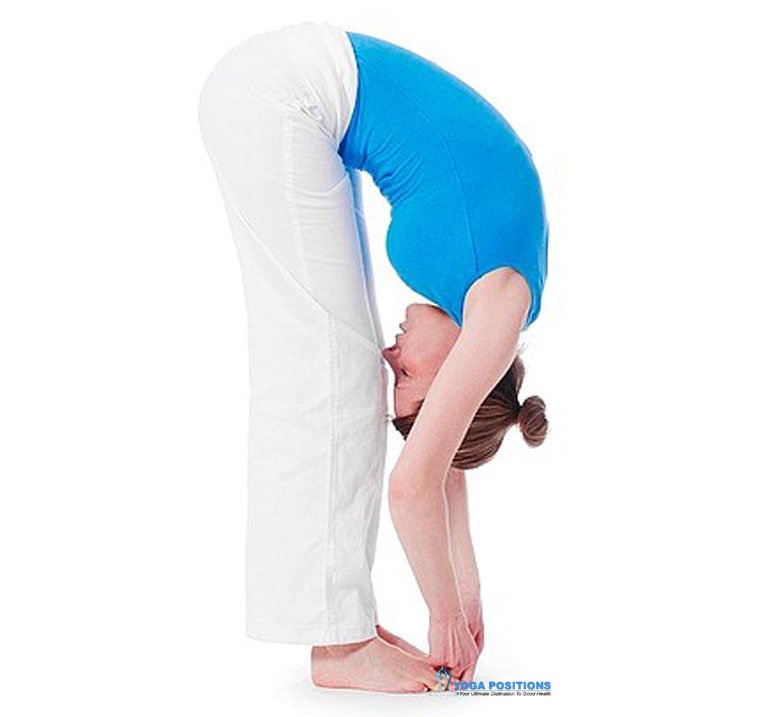780
Oordhwa Pada Hastasana Lifting of the foot and hand
In Sanskrit term, ‘Oordha’ means ‘lifted’; ‘Pada’ refers to ‘foot’ and ‘Hasta’ means hand’.
While performing Oordhwa Pada Hastasana the practitioner needs to touch the raised feet.

Methodology
- Remain flat on your back.
- Stretch out your legs in front.
- Keep the legs together.
- Keep your palms on the thighs.
- Your fingers will be pointing to the toes.
- The knees must be kept stiff.
- Gently breathe.
- Simultaneously lift up your legs, trunk, shoulders, neck and head.
- Don’t bend the elbows or the knees.
- The toes must be pointing outwards.
- During this action, slide down the palms along the thighs.
- Keep the arms over the thighs and they should remain totally stretched.
- The legs must be at an angle of 60 degrees to the ground.
- Bend the trunk and the head further forwards without changing the position of the legs.
- Reach out and touch the ankles with the finger tips.
- The entire body weight must be balanced on your posterior.
- Keep your eyes focused on the toes.
- Remain in this position as long as you are comfortable.
- Keep on breathing gently.
- While breathing slowly, return to the starting position.

Advantages
- The abdominal organs are toned up.
- Your solar plexus will be strengthened.
- The muscles at the rear portions of the knees as well as the hamstring tendons are exercised.
- Your pelvic region, hips, and the lower back will become suppler.
- The uterus remains healthy.
- The feet, calves, knees, thighs, posterior, arms, diaphragm, shoulders and the neck are simultaneously exercised.

1 comment
Very good illaboration; thankyou.